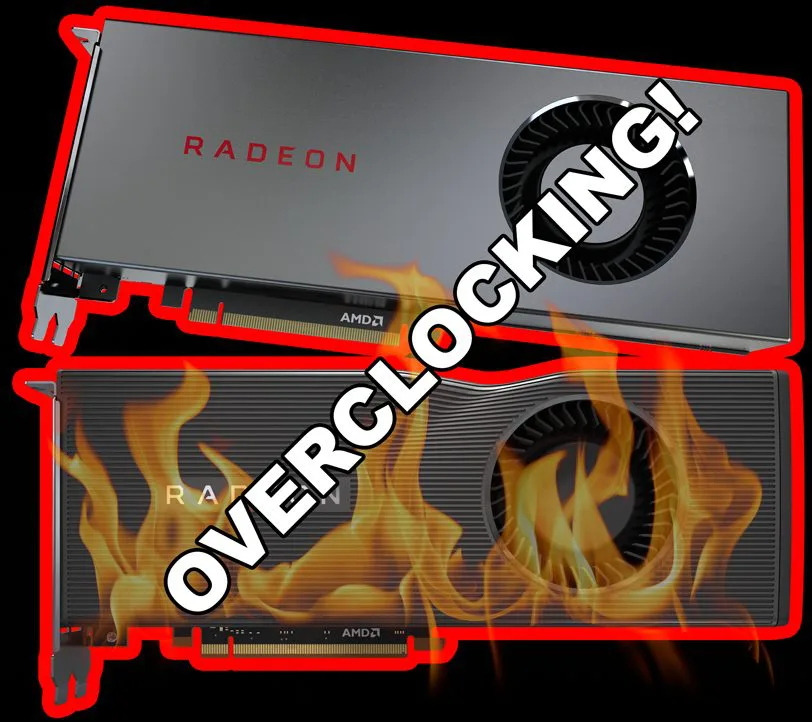Stop, Drop and Overclock
Introduction
On July 7th, 2019 AMD launched its Radeon RX 5700 series of GPUs. We reviewed both the new AMD Radeon RX 5700 and AMD Radeon RX 5700 XT video cards at launch more than a month ago. The AMD Radeon RX 5700 series is based on a new architecture with new features at 7nm manufacturing process. Right before launch, AMD slashed the pricing on both video cards. The official price of the AMD Radeon RX 5700 debuted at $349. The official pricing of the AMD Radeon RX 5700 XT debuted at $399. These price drops were needed, and better aligns the price to performance ratio.

While we thoroughly covered performance in our initial review, we did not have a chance to try out overclocking on the reference cards. This was for multiple reasons. At the time drivers were immature and AMD’s WattMan was immature. There were many bugs, including those related to overclocking and maintaining a consistent frequency. We also just didn’t have the time, at the time, to dive into overclocking.
Now that time has passed, new drivers have been coming out, and bug fixes related to overclocking have been released. In addition, third-party utilities like MSI Afterburner have support for the new GPUs now and even allow voltage adjustment. Now we can overclock the reference video cards and see what kind of performance gains are possible.
Our Goals
Think of this review as our baseline for comparing overclocked Radeon RX 5700 series video cards from manufacturers in the future. Before we start testing and overclocking custom add-in-board partner video cards, we need to see what the potential of the reference cards are. In this way, in future reviews, we can refer back to this overclocking review to compare overall overclocking achievement, temperatures, noise levels, and other aspects.
With the data, we are gathering in this review with the reference video cards we can use that data to see how much better custom add-in-board partner video cards are when we test them. We need a baseline to compare with, and this will end up being that baseline to see how much better manufacturer cards are.
Our goals in this review are to simply overclock the AMD Radeon RX 5700 and AMD Radeon RX 5700 XT reference video cards provided by AMD. We will see what the clock speeds look like before overclocking, and when overclocked. We will see how high we can get them and we will attempt overvolting and undervolting to achieve the best clock speed. Then we will test some games and see what the general consensus is in regards to performance advantages with overclocking.
